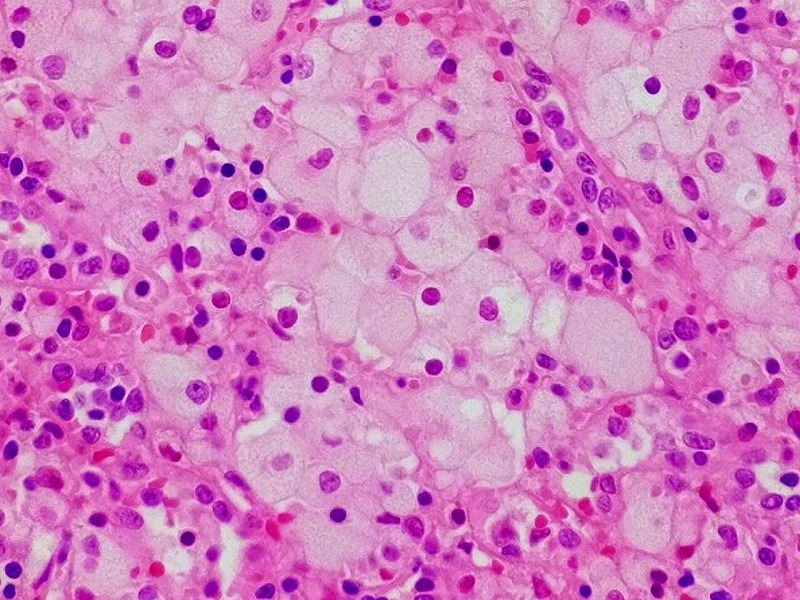The scientific community has been trying cure diseases for a long time and for the most part, it has been successful. Previously devastating epidemics have been largely wiped out or contained such as smallpox, and others have been kept at bay thanks to vaccination. However, there are still a number of diseases that are considered incurable, including certain congenital diseases and at this point, AIDS. Thanks to a new gene therapy method, however, curing the incurable might finally be possible.
The discovery was made by researchers at Stanford University where technicians from the Laboratory for Cell and Gene Medicine are capable of creating cells that possess properties that can theoretically combat every disease known to man, MedicalXpress reports. By genetically engineering raw materials, the scientists are able to do things like boosting the immune system, destroy cancer cells directly, and even speed up the recovery rate of burn victims treated with skin grafts.
The sole existence of the facility, which covers an area of 25,000 square feet, is to do work in the field of regenerative medicine. This is where scientists focus on self-healing, reinvigoration, and even age reversal by simply boosting the body’s own ability to repair itself. As David DiGiusto, the facility’s director put it, their work amounts to curing the incurable.
Although widespread diseases like congenital defects, type-1 diabetes, and even those suffering from hormonal imbalances would likely be addressed by this new gene therapy method, the ones who would likely benefit the most from the discovery are patients with extremely rare illnesses. This includes patients who are suffering from the disease called Epidermolysis Bullosa, which is a horrible skin condition that affects only 1 in 50,000 patients, University Herald reports.
Such cases are often difficult to treat because there is very little data on them and very few scientists are working on curing them. With a practically universal solution like the one that the Stanford researchers are working on, a more immediate treatment is possible.



 A Nasa rover has reached a promising place to search for fossilised life on Mars
A Nasa rover has reached a promising place to search for fossilised life on Mars  What is minoxidil, the anti-balding hair growth treatment? Here’s what the science says
What is minoxidil, the anti-balding hair growth treatment? Here’s what the science says  Alpha, beta, theta: what are brain states and brain waves? And can we control them?
Alpha, beta, theta: what are brain states and brain waves? And can we control them?  Why is the universe ripping itself apart? A new study of exploding stars shows dark energy may be more complicated than we thought
Why is the universe ripping itself apart? A new study of exploding stars shows dark energy may be more complicated than we thought  The rising flood of space junk is a risk to us on Earth – and governments are on the hook
The rising flood of space junk is a risk to us on Earth – and governments are on the hook  Larger and more frequent solar storms will make for potential disruptions and spectacular auroras on Earth
Larger and more frequent solar storms will make for potential disruptions and spectacular auroras on Earth  Black hole, neutron star or something new? We discovered an object that defies explanation
Black hole, neutron star or something new? We discovered an object that defies explanation  Dark matter: our new experiment aims to turn the ghostly substance into actual light
Dark matter: our new experiment aims to turn the ghostly substance into actual light  The brain is the most complicated object in the universe. This is the story of scientists’ quest to decode it – and read people’s minds
The brain is the most complicated object in the universe. This is the story of scientists’ quest to decode it – and read people’s minds  Dark energy is one of the biggest puzzles in science and we're now a step closer to understanding it
Dark energy is one of the biggest puzzles in science and we're now a step closer to understanding it  Genetic diseases: How scientists are working to make DNA repair (almost) a piece of cake
Genetic diseases: How scientists are working to make DNA repair (almost) a piece of cake  Why now is the time to address humanity’s impact on the moon
Why now is the time to address humanity’s impact on the moon  Synthetic human embryos let researchers study early development while sidestepping ethical and logistical hurdles
Synthetic human embryos let researchers study early development while sidestepping ethical and logistical hurdles  The mystery of consciousness shows there may be a limit to what science alone can achieve
The mystery of consciousness shows there may be a limit to what science alone can achieve 































